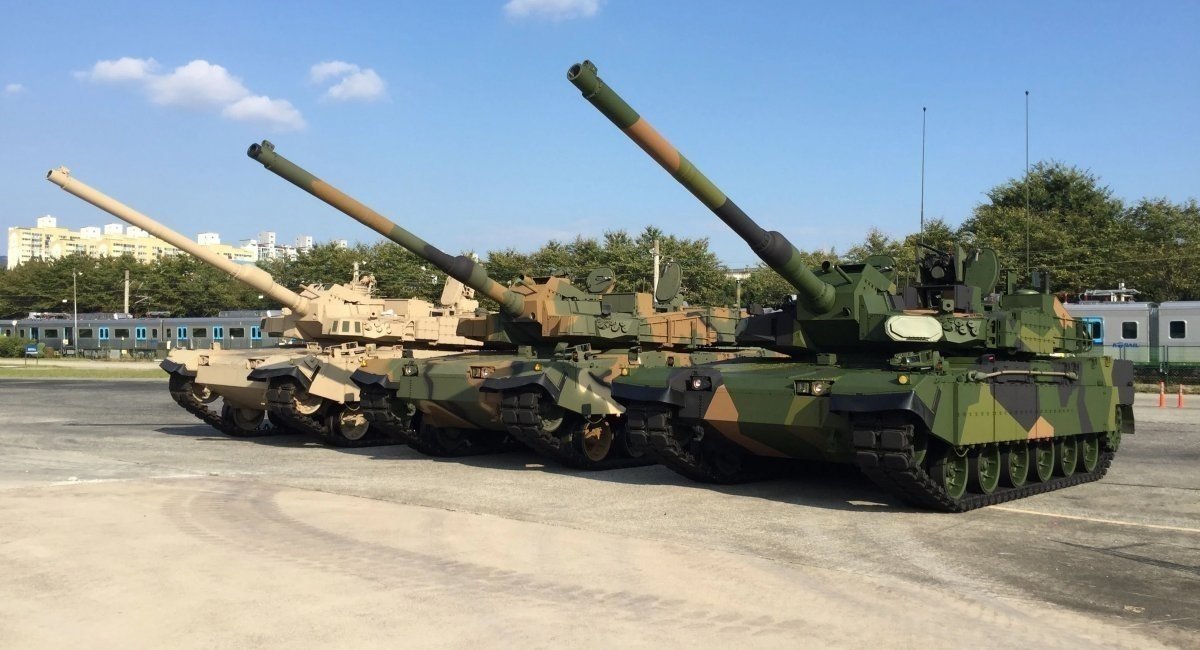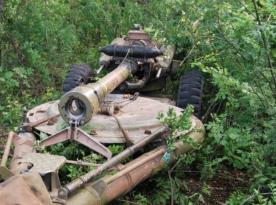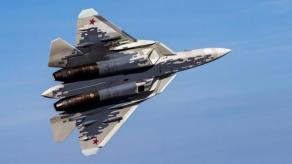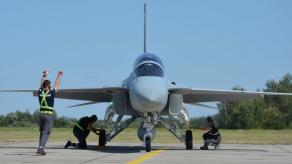An analysis of arms purchases made by European NATO countries between February 2022 and September 2024 showed that the total cost amounted to $180 billion. This demonstrates the systematic nature of real efforts by European states to strengthen their own defense capabilities.
At the same time, there is a question of whether such large-scale expenditures have had any real effect on strengthening the European defense industry. This is stated in a new publication by The Military Balance Blog from the authoritative IISS (International Institute for Strategic Studies).
Read more: Two Weeks of Ukrainian Drone Strikes Achieve More Than Two Years of Sanctions: russian Artillery Fire Rate Dropped By 1.5x
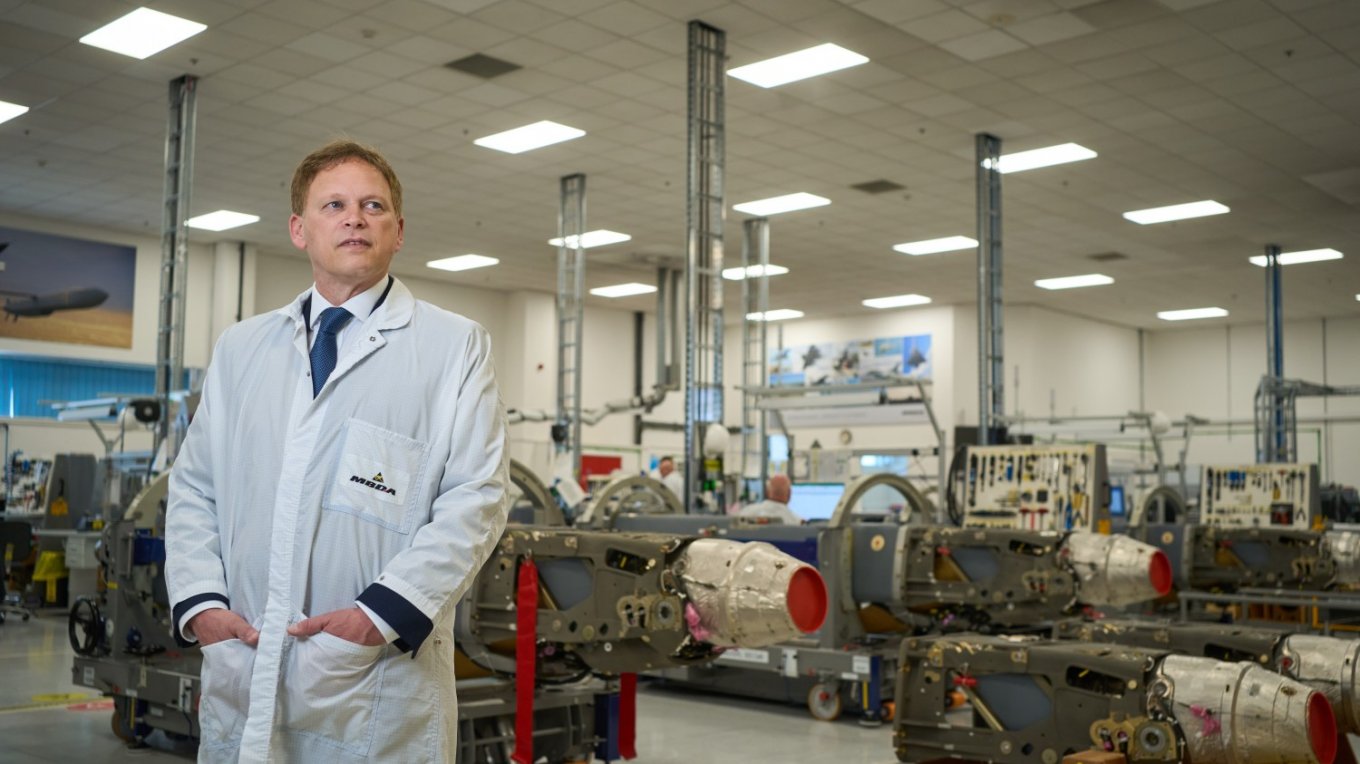
The authors emphasize that, according to their calculations, out of the aforementioned $180 billion in total expenditures by European members of the Alliance, approximately 52% or at least $94 billion was spent on European systems, 34% or $61 billion on the United States systems made, as well as 14% or $25 billion on equipment and weapons made in Brazil, Israel, and South Korea.
They also note that "with uncertainty over the financial values applied to acquisitions like Turkish local production, the European portion could be higher still."
These calculations included contracts for the widest possible range of equipment, including armored vehicles and tanks, self-propelled artillery, medium- and long-range anti-aircraft missiles, aircraft, warships, maritime drones, unmanned aerial vehicles, and various types of guided missiles.
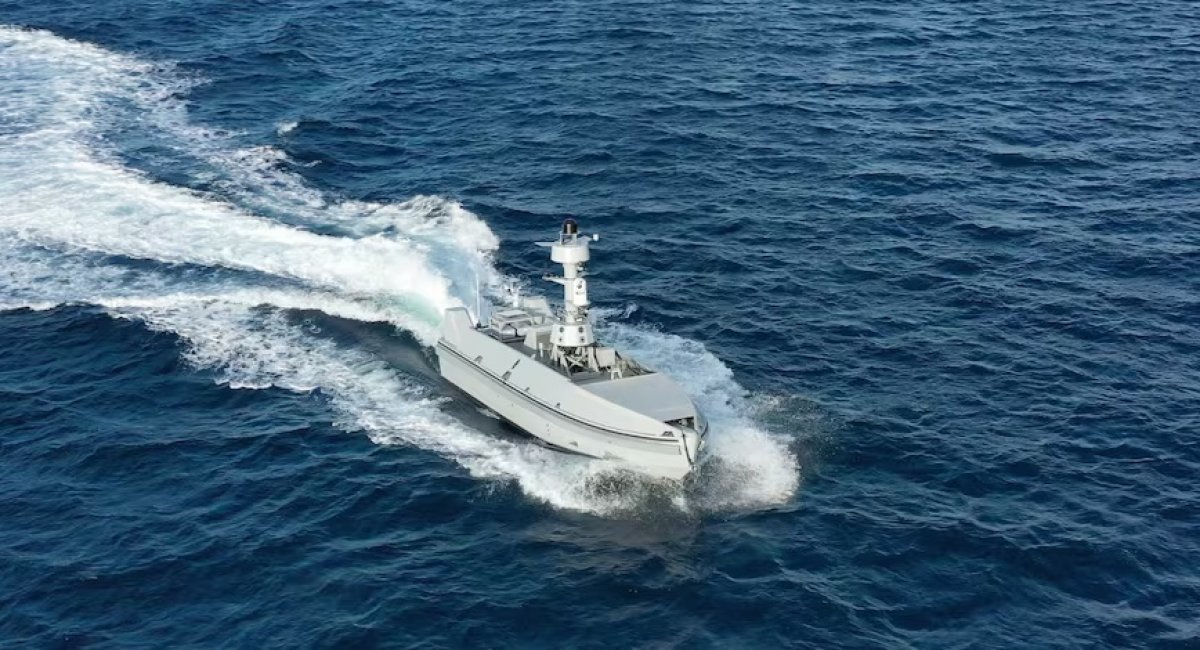
Nearly half of these expenses were incurred by non-European arms suppliers. This is a direct result of the fact that European countries have not invested enough in their own defense industry for a long time. Therefore, they are faced with the need to import the widest possible range of weapons, such as armored vehicles, artillery, and combat aircraft.
At the same time, there is another important item of expenditure that deserves attention: in 2014, the share of expenditures on new developments in the NATO defense budget was only 14%, well below the recommended minimum of 20%. Now, that share has increased to 34%, with a sharp rise following 2022.
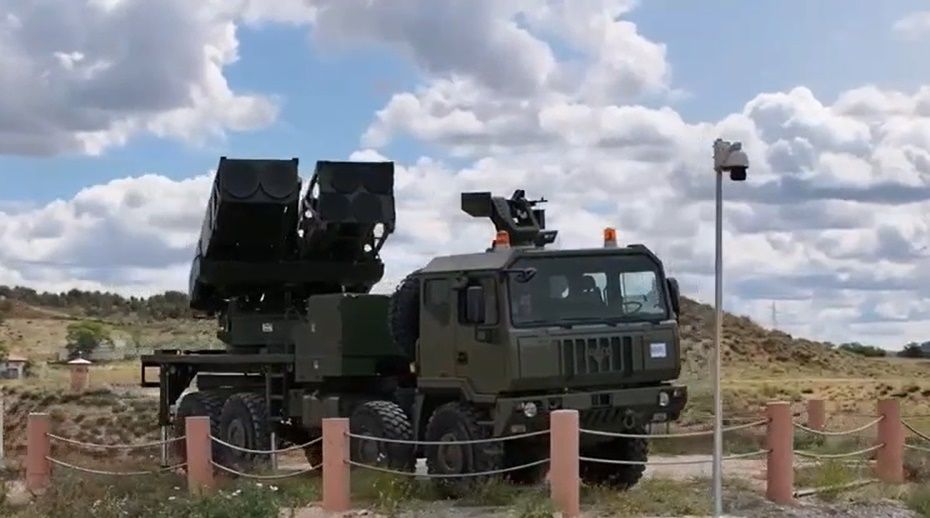
At the same time, the average cost of maintaining personnel and paying pensions to retired military personnel decreased from 60% to 40%. In this case, the IISS authors do not provide specific financial indicators.
As Defense Express, we emphasize that, in this case, European NATO member states were compelled to make such large-scale expenditures on arms procurement simply to "restart" the process of updating their armed forces' weaponry. Therefore, there is a tendency where the formal increase in defense spending does not yet result in a quantitative accumulation of weapons and military equipment, but rather leads to a significant increase in the costs of certain types of weapons.
Earlier, Defense Express reported that Ukraine would receive more fighter jets than previously announced, as 200 pilots had completed training in the UK.
Read more: Ukraine Considers Cyber Forces as a New Military Branch




